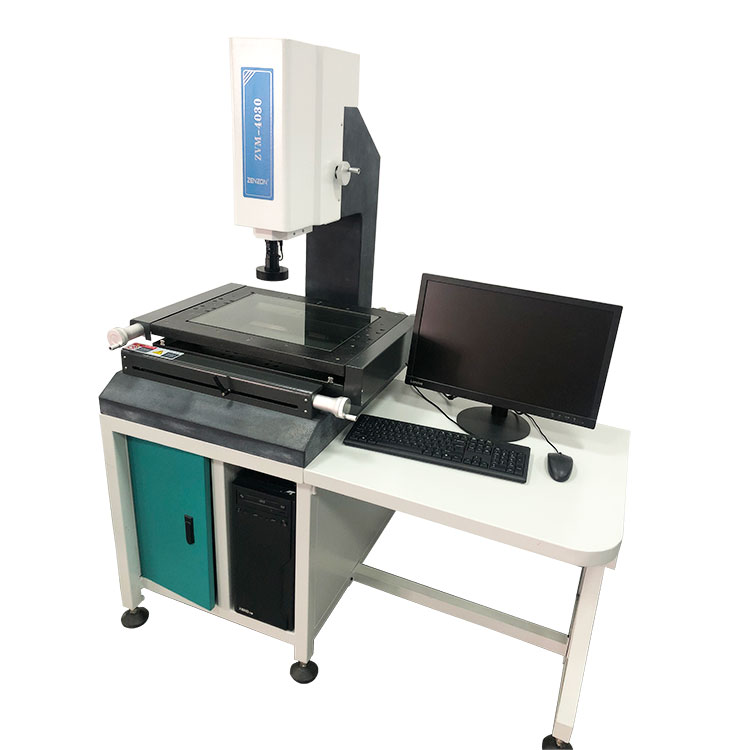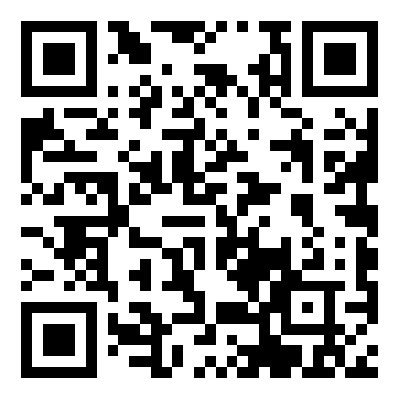What level of accuracy and precision can be achieved with the Video Measuring Machines
2023-10-26
The level of accuracy and precision that can be achieved with Video Measuring Machines (VMMs) can vary depending on several factors, including the specific machine's design, quality, and the measurement environment. However, in general, VMMs are known for their high level of accuracy and precision, and they are capable of delivering measurements with sub-micron (0.001 millimeter) accuracy in many cases. Here are some key factors that influence the accuracy and precision of VMMs:
1. Machine Quality: The quality of the VMM itself plays a significant role in determining the level of accuracy. Higher-quality machines with advanced components and design features tend to offer better accuracy and precision.
2. Calibration: Proper calibration is essential to ensure accuracy. VMMs are calibrated using known standards or calibration artifacts to set the scale and orientation of the measurements. Regular calibration is necessary to maintain accuracy.
3. Resolution: The resolution of the camera and imaging system has a direct impact on precision. Higher-resolution cameras can capture finer details, resulting in more precise measurements.
4. Lighting: Proper and consistent lighting is critical for accurate measurements. Controllable LED or fiber-optic lighting systems are used to illuminate objects evenly, helping to capture clear and accurate images.
5. Measurement Software: The quality of the measurement software is crucial. Advanced software with robust edge detection algorithms and measurement tools can improve accuracy and precision.
6. Environmental Conditions: Temperature, humidity, and vibrations in the environment can affect measurement accuracy. Stable environmental conditions are desirable for precision measurements.
7. Material and Object Characteristics: The material properties and surface characteristics of the object being measured can influence accuracy. Transparent or highly reflective materials, for example, may present challenges for accurate measurements.
8. Operator Skill: Operator proficiency in using the VMM and the measurement software is important. Skilled operators can ensure accurate results through proper alignment and technique.
9. Fixture and Workholding: Proper fixturing and workholding are critical to ensure the object being measured is securely positioned and stable during measurement.
10. Machine Maintenance: Regular maintenance of the VMM, including cleaning and servicing, is essential for maintaining accuracy and precision over time.
In practice, VMMs are used in industries where precision is of utmost importance, such as aerospace, automotive, electronics, and medical device manufacturing. The level of accuracy and precision achieved is often sufficient for meeting tight tolerances and quality control requirements. However, it's essential to choose the right VMM for specific applications, calibrate it regularly, and ensure that environmental conditions are conducive to accurate measurements.



